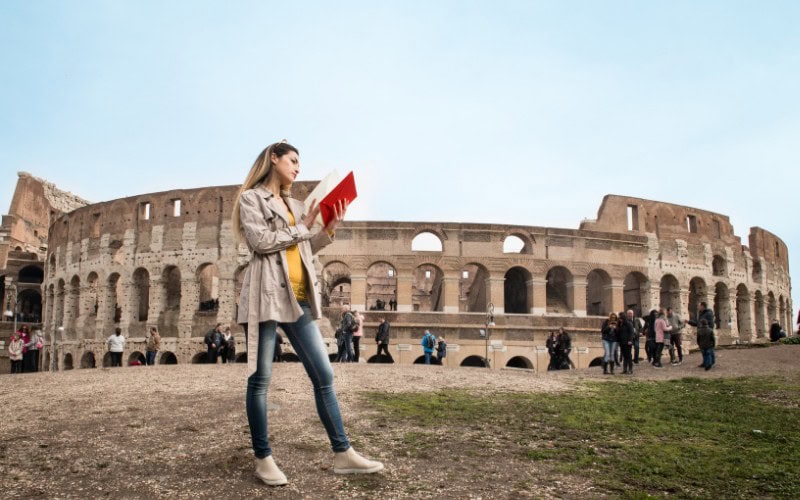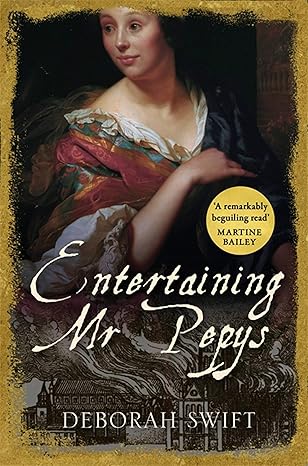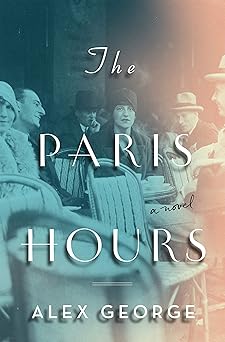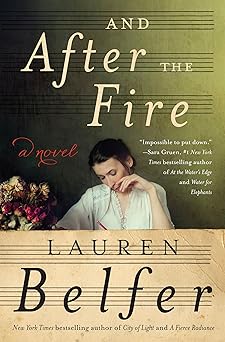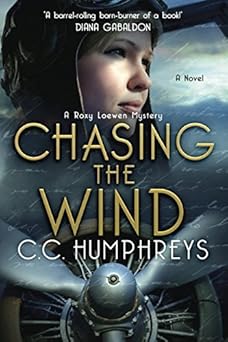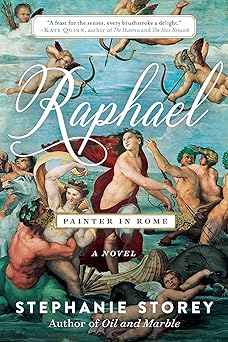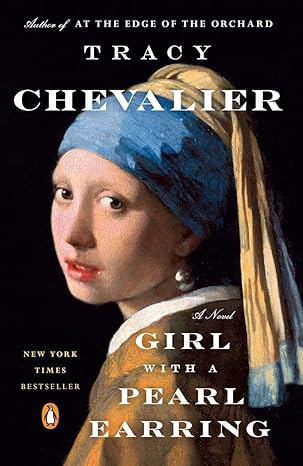Magical Moments at the West Country School of Myth
An Artsy Traveler is always on the look-out for those magical moments that make traveling so, well, magical.
Guest poster, writer, storyteller, performer (and fellow Bowen Islander!) Tina Overbury shares her experience finding magical moments with trees while participating in a writing program in Dartmoor, England (one of my favorite places!).
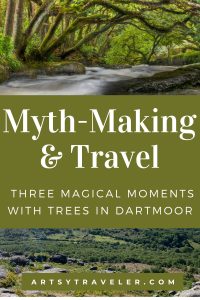
Overview
‘Stories don’t enchant, they break spells’ – Dr. Martin Shaw, Director of the West Country School of Myth
I’m fresh back from a week-long summer school program called Tent of the Seven Doors from The West Country School of Myth. Led by storyteller and mythologist Martin Shaw, who is also the founder of the Oral Tradition and Mythic Life courses at Stanford University, the program was located in Dartmoor National Park in the southwest corner of England.
I had just completed a two-week story pilgrimage in Ireland and decided that since I’m so close, I should really hop over to England and tick a story-box I’ve been carrying for a long time.
Who is Dr. Martin Shaw, Director of the West Country School of Myth?
I came across Dr. Martin Shaw’s work seven years ago when my writing partner, Meribeth Deen, sent me an article from Emergence Magazine: Mud and Antler Bone. I swear I listened to that interview fifty times. I used to run to it and then stop it mid-stride, catch my breath and slap my head with: What? What did he say…?
OMGGGGGG – There’s a language for what I see in my head? Other people talk like this?
I didn’t understand then that the way my instrument as an artist works is through ‘thinking’ and ‘hearing’ in mythological terms.
What this looks like for my friends is that I have a rather obnoxious habit (to some) of explaining everything in metaphor. This isn’t because I think I’m all that and a bag of chips, or because I’m trying to hide from being clear about anything. It’s because to me, using symbols and imagery that are thick with textured meaning ARE the closest way I know to speak succinctly.
Communicating Truth
How else can you communicate the complexity of honesty and the truth? Or so says me! And thankfully I discovered this summer during my travels that a gaggle of other story people say so too.
Let me tell you about three magic moments I had with trees in beautiful, mystical Dartmoor.
Magical Moment 1: Finding the Ashes
To provide a context for the magical moments with trees I experienced while walking on the moor, I first need to go back two years to when I wrote a piece called OMYGOD about the women we burned, the babies we buried and the Gods we have worshiped.
As the name sounds, it was a tough piece to write. I didn’t choose to write it, it chose me, and to top it all off, I decided to perform it as a live storytelling piece. However, due to the pandemic, we filmed it instead. All this to say, I had to memorize the damn thing–all 60 pages and 93 minutes of it.
The ‘women we burned’ part – the story that named six Irish women who were burned at the stake for witchcraft – was proving impossible to memorize. I just couldn’t get the words of those women into my body. I tried everything. I walked, I prayed, I asked… I did everything.
The Magical Power of Dreams
Eventually, I engaged in a dreaming session with a healer friend of mine. I saw myself as a birthing aid of sorts. I was in a hut smoothing clay like mud across a dying woman’s chest. She was taking her last breaths post-childbirth and I was placing lavender on her throat. Best as I could make sense, I was helping her transition to the other side. Because of this, the clergy and the officials of the town took me, and I was burned alongside a number of other women for witchcraft.
As dreams can do, I was able to step in and out of places in the story. I didn’t watch myself or the other women burn. Instead, I time jumped to the place where they were all ashes and I was on the outside.
I stood in front of the line of pyres in front of me, and I cried and cried and cried, saying over and over again…
’What happened to the ashes of these women? Who collected their ashes? Who laid them to rest?’
Finding the Story in a Tree
And then I stepped wayyyyyy out and started picking up pieces of wood and laying them in a circle, like a sacred line of acknowledgement of their life, and to mark their death.
Magical Moment 2: Exploring the Landscape of Place
The Tent of the Seven Doors program certainly wasn’t like any other writing class I’d taken. To be fair, it wasn’t a writing class. In fact, I’m not even sure it was a ‘class’, but rather an initiation into the realm of mythical storytelling.
We didn’t learn through cognitive lesson plans with hand-outs or PowerPoints. We didn’t learn through experiences and examples unpacked through journaling or reflections. The truth is, I’m still trying to figure out how we learned, but if I had to guess, I’d have to say that we learned through invitation.
- We were invited to step from one world into another.
- We were invited through the landscape of place.
- We were invited through the imagining that happened with each story.
Each day we would experience a story, and each afternoon or evening we would experience the land.
Connecting with a Lush and Luxuriant Oak
On one such afternoon, I came a gorgeous oak and unlike most of the scarred and barren trees of the moor, she is lush and radiant and there is more limb and branch to her than trunk. She has been reaching toward the sun for a very long time.
I spent some time with her and found myself collecting sticks. I was finishing a story that started with a dream a number of months ago. I acknowledged more women, and I collected more ashes. I placed a circle of sticks around her.
And then that dreamscape story of OMYGOD felt complete. I don’t have much more to say about that other than I knew it was done.
But then…
Magical Moment 3: The Cork Tree Walks with Me
Have you ever seen a cork oak tree? Because I sure hadn’t.
There is a HUGE cork oak by the enormous fire pit at the back of the property where we gathered to close our summer school experience. Seeing that tree made me think that I had just stepped into The Shire from The Lord of the Rings. I had to talk myself out of believing it could walk.
You know when you’re walking down the street and a dog starts to follow you and if you look back he’ll keep following so you have to discipline yourself TO NOT LOOK BACK? Well, that was me.
I mean, how was it going to make it into the house with me? Okay, I know this tree can’t actually walk. But jeeeeeeeeeeez… I swear, this tree was magnificent.
It transported me to a place I have only ever made fun of: the land of affirmation people, the ones who only see the world through the lens of sunshine, rainbows and lollipops.
But there it was.
If Snow White was a real person, she would step out of a little apple-red door with the seven dwarfs following behind, singing Heigh Ho, Heigh Ho…
Check this out (you’ll even hear the cows!) :
The Magic of a Cork Tree
And to touch the bark? I mean the cork… I mean the bark. It is light, like the false front of a western town film set, except this isn’t a facade. It’s a whole damn tree and it has to be hundreds of years old.
She was the antithesis and antidote to all the gloom, grief and burning that had been my journey of mythic trees thus far.
I fully expected unicorns and fairies to pour out of its bark like a clown car filled with magic instead of red-shoed men.
Who knew?
Holding the Light and the Dark
As an artist, I’m comfortable in the darker shades of story. I easily walk the bottom of the ocean while holding hands with the harder emotions. I write pieces to look for hope. I write to discover the color that lives in the shadowy blend of things, but this time, I didn’t have to.
This gorgeous cork oak tree did all the heavy lifting for me.
Learning Community
“In troubled times we can create a culture of resistance and delight. The learning community believes that myth has something vital to say about the condition of both our lives and the earth. That certain stories we need right now arrived, perfectly on time, about five thousand years ago. Central to this is the notion that culture and wildness have experienced an artificial separation, and that both initiation and myth can create what Shaw calls a Culture of Wildness.”
Martin also says: ‘When the center is in crisis, it is only from the edge that the genius comes’. I believe him.
So while these days, there IS a lot to be troubled about…for sure, there is also much to be hopeful for.
Please meet this community of Bards, Storytellers, Eco-Romantics, land-as-church visionaries, fire-dwellers, academics, nurturers and fools.
There is a movement afoot.
And it’s coming from multiple directions.
These are mythic times.
Read about Tina Overbury on the Artsy Traveler Guest Posters page. Here are some other contributions from Tina and other guest posters to help you get the most of your artsy traveling.
- Three Tips Every Writing Adventurer Needs to Buy The Damn Hat by Tina Overbury
- The Joys of Exploring the World with Small Group Tours by Julie Ferguson
- Top Tips for Walking the Camino of Santiago by Elizabeth Petrie

